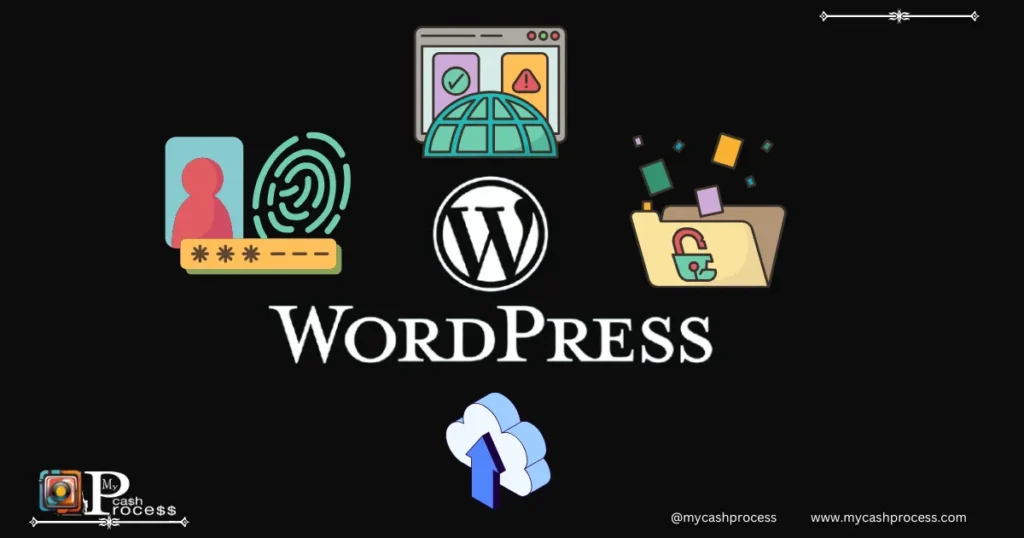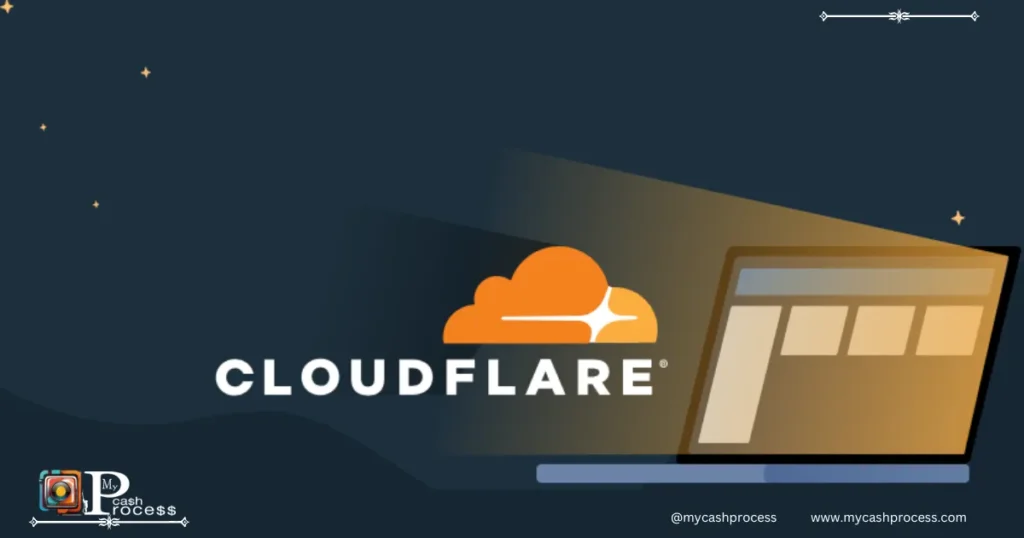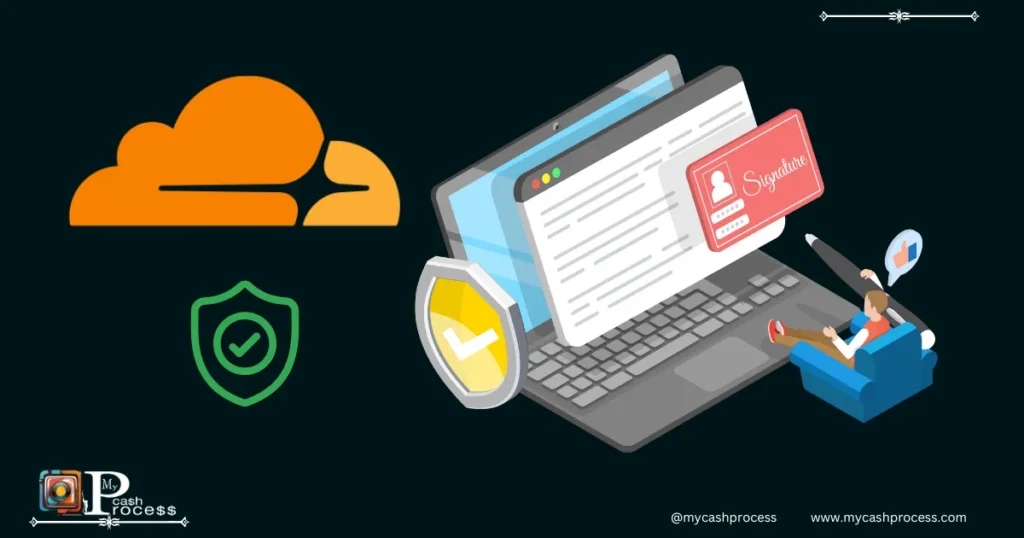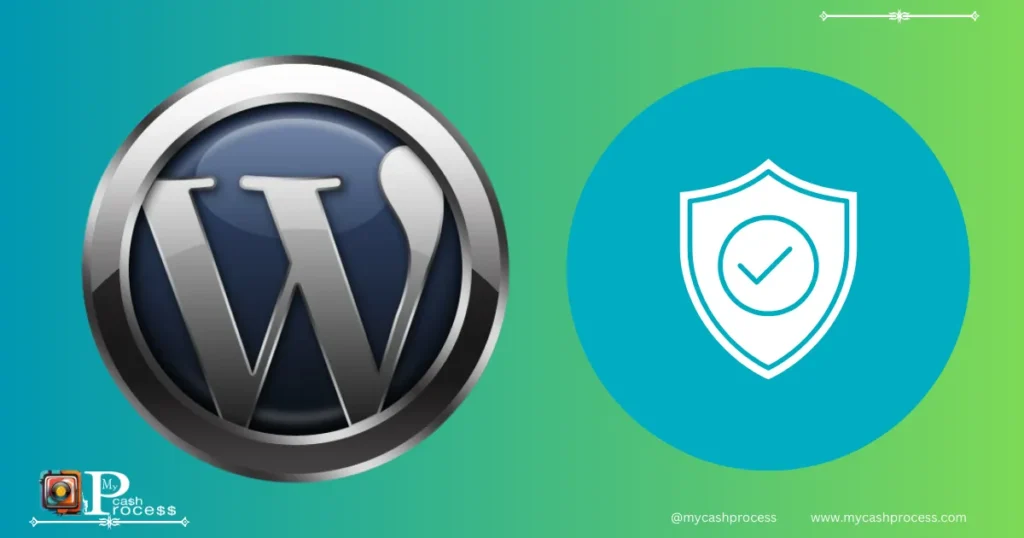Introduction
In today’s digital era, ensuring a secure upload-portal WordPress website is essential for safeguarding sensitive data and maintaining user trust. A compromised upload portal can lead to severe consequences, including data breaches, malware infections, and reputational damage. This guide provides a comprehensive roadmap to creating a secure upload-portal WordPress users can rely on, integrating best practices for WordPress security and addressing challenges like “your connection to this site is not secure WordPress GCP.” Throughout, we will incorporate strategies and tools to achieve a robust and user-friendly portal that aligns with modern security standards.
Quick Access Guide
Understanding the Importance of a Secure Upload Portal WordPress Website
Why a Secure Upload Portal Matters
A secure upload-portal WordPress setup is crucial for safeguarding data and ensuring seamless user interactions. Protecting user-uploaded data, preventing malware, and enhancing user trust are core reasons to focus on a secure upload-portal WordPress.
- Protects Sensitive Information: User-uploaded data, whether documents or images, must be shielded from unauthorized access. A secure upload portal WordPress ensures that sensitive information stays protected.
- Prevents Malware Infections: Malicious files uploaded through unsecured portals can harm both the website and its users. By securing the upload portal, you minimize the risk of malware infections.
- Enhances User Trust: A secure upload-portal WordPress assures users their data is in safe hands, increasing engagement and loyalty.
Aligning with WordPress Security Standards
To create a secure upload portal WordPress, it’s essential to adhere to WordPress security protocols, which offer a strong foundation for protecting the upload portal.
- Regular Updates: Keeping WordPress core, themes, and plugins up-to-date mitigate vulnerabilities, ensuring your secure-upload portal WordPress remains protected.
- Access Control: Implementing role-based permissions restricts access to sensitive areas, strengthening the security WordPress framework.
- Firewall Protection: Web application firewalls prevent unauthorized access and block malicious traffic, ensuring a secure upload portal WordPress remains safe from intruders.
Risks of Neglecting Upload Portal Security
Neglecting the security of your secure upload portal WordPress can lead to:
- Data Breaches: Exposed user data can result in legal and financial repercussions, especially if it’s uploaded through an unsecured portal.
- Downtime: Malicious attacks can disrupt operations, leading to revenue loss, and potentially causing issues with the “your connection to this site is not secure WordPress GCP” error.
- SEO Penalties: Search engines penalize compromised websites, reducing visibility and harming the overall health of your WordPress security.
Key Features of a Secure Upload Portal WordPress Needs
File Encryption
File encryption is one of the most important aspects of a secure-upload portal WordPress. Encryption ensures data remains unreadable during transfer and storage:
- SSL/TLS Certificates: These certificates encrypt data in transit, protecting it from being intercepted.
- End-to-End Encryption: Ensures files are protected from upload to retrieval, reducing the risk of data theft in your secure upload portal WordPress.
Role-Based Access Controls
Role-based access controls allow you to restrict access based on user roles, ensuring that only authorized users can upload or manage files:
- Admin-Level Controls: Sensitive settings, including upload settings, should be accessible only to admins, reinforcing WordPress security.
- User-Specific Permissions: Ensure only verified users can upload files through the secure-upload portal WordPress, enhancing security.
Malware and Virus Scanning
A secure-upload portal WordPress should include tools that automatically detect and prevent malicious files from being uploaded:
- Real-Time Scanning: This feature flags and blocks threats during upload, preventing them from affecting your site.
- Scheduled Scans: Regularly scanning stored files for security threats helps maintain a safe upload environment, keeping your WordPress security robust.
Automated tools to detect malicious files:
- Real-Time Scanning: Flags and blocks threats during upload.
- Scheduled Scans: Regularly checks stored files for security threats.
| Feature | Purpose | Tools/Plugins |
|---|---|---|
| File Encryption | Secure data transfer | Let’s Encrypt, Cloudflare |
| Role-Based Access Control | Manage user permissions | User Role Editor, Members |
| Malware Scanning | Detect and block threats | Wordfence, MalCare |
Step-by-Step Guide to Creating a Secure Upload Portal in WordPress
Choosing the Right Plugins
Using the right plugins is vital for creating a secure upload-portal WordPress. Here are some of the top recommendations:
- WPForms and Ninja Forms: These plugins offer secure file upload capabilities for WordPress users.
- WordPress Job Application Secure Form JotForm: Customize forms to handle sensitive data securely with JotForm’s encrypted form features.
- JotForm Integration: Leverage JotForm’s built-in encryption features for added protection when creating a secure-upload portal WordPress for job applications or document submissions.
WordPress Job Application Secure Form JotForm:
Configuring Upload Settings
To further enhance the security WordPress framework of your secure upload portal WordPress, follow these steps:
- Restrict File Types: Limit uploads to safe formats (e.g., .jpg, .png, .pdf) to avoid potential malware threats.
- File Size Limits: Prevent resource overload by capping upload sizes, maintaining a stable and secure upload-portal WordPress.
- Secure Upload Directories: Store uploaded files in non-public directories with restricted access to ensure your secure-upload portal WordPress is not vulnerable to unauthorized access.
Enhancing User Experience
A good user experience in your secure upload-portal WordPress helps users feel confident and comfortable:
- Error Notifications: Provide clear error messages when uploads fail, helping users troubleshoot issues securely.
- Progress Indicators: Show users the status of their upload to create a more user-friendly experience in your secure upload-portal WordPress.
- Mobile Optimization: Ensure that your secure upload portal WordPress functions seamlessly across all devices, providing a smooth and secure user experience.
Enhancing Security for WordPress Upload Portals

Avoiding “Your Connection to This Site Is Not Secure WordPress GCP” Errors
One common issue that may arise is the “your connection to this site is not secure WordPress GCP“ error. Here’s how you can prevent it:
- SSL Implementation: Using reliable SSL certificates to secure your secure upload-portal WordPress and prevent this error from appearing.
- DNS Configuration: Ensure proper DNS settings for GCP-hosted WordPress sites to avoid the “your connection to this site is not secure WordPress GCP“ error.
- Browser Compatibility: Test portal security across popular browsers to ensure that users are not presented with connection errors when accessing your secure upload-portal WordPress.
Regular Maintenance Practices
To ensure continued WordPress security and avoid vulnerabilities in your secure upload-portal WordPress, conduct these regular maintenance practices:
- Plugin Updates: Keep upload-related plugins updated to prevent vulnerabilities.
- Security Audits: Routine security audits help identify and resolve any emerging issues.
- Backup Systems: Regularly back up your files to secure storage solutions in case of an emergency.
Advanced Security Features
For even higher levels of security in your secure upload-portal WordPress, consider these advanced features:
- Two-Factor Authentication (2FA): Add an extra layer of protection for users accessing sensitive upload portals.
- CAPTCHA Verification: Prevent automated attacks by requiring CAPTCHA verification before users can upload files.
- Activity Logs: Monitor upload activities and identify unusual patterns or potential threats to your secure upload-portal WordPress.
Tools and Plugins for a Secure Upload-Portal WordPress Setup
| Tool/Plugin | Purpose | Features |
| WPForms | Secure file uploads | File type restrictions, CAPTCHA |
| JotForm | Encrypted job application forms | End-to-end encryption, form templates |
| Wordfence | Comprehensive security | Malware scanning, firewall protection |
| SSL Zen | SSL certificate integration | Easy SSL setup for WordPress |
Conclusion
In conclusion, ensuring a secure upload-portal WordPress is a critical step in safeguarding sensitive data and maintaining the trust of your users. By integrating WordPress security best practices, including SSL certificates, malware scanning, and role-based access controls, you can create a secure upload portal WordPress that minimizes risks while enhancing user experience. Tools like JotForm can further improve security by providing encrypted forms for job applications and file submissions.
Neglecting these security measures can expose your website to risks like data breaches, downtime, and SEO penalties. Also, addressing issues like “your connection to this site is not secure WordPress GCP“ with SSL and DNS configurations is essential to maintain the integrity of your website.
Regularly updating your WordPress security tools and performing security audits will ensure that your secure upload-portal WordPress remains a trusted and safe environment for your users.
Follow us on Pinterest, Twitter X, Facebook, Instagram, Quora, TikTok, Discord, YouTube, and WhatsApp Channel.
Warning
Neglecting security for your secure upload-portal WordPress setup can lead to:
- Data breaches compromising sensitive user information.
- Website downtime due to malicious activities.
- Significant SEO penalties affecting traffic and visibility.
Advice
- Regularly update your WordPress security tools and plugins.
- Conduct routine security audits to identify vulnerabilities.
- Educate your team on best practices for maintaining secure upload portals.
FAQs
- What makes a secure upload-portal WordPress compliant? A compliant portal integrates encryption, access control, and malware scanning.
- How can I fix “your connection to this site is not secure WordPress GCP” issues? Implement SSL certificates and verify DNS configurations.
- What plugins are best for creating WordPress job application secure forms? WPForms and JotForm are highly recommended for their security features.




